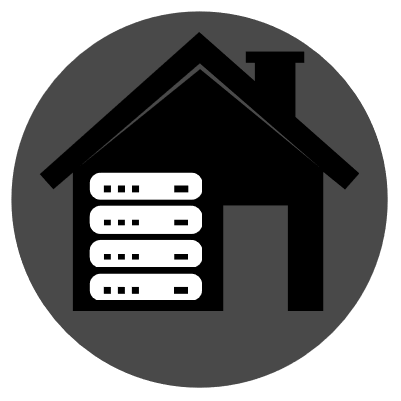

My guess would be to force a hierarchy as to distribute load. DNS is distributed in a sens. There are the root name servers that know about all TLD and then each TLD has its own server (in practice there is multiple TLD a single entity controls and it allocates as many server as needed to answer all DNS request for those). And those “TLD servers” know about the second level. And either they also know about the lower levels or those are further delegated.
So fewer TLD means that the “root” DNS servers do not have to keep a huge “phonebook” (TLD to IP address of the DNS responsible for them) and can therefore be efficient, which means that fewer of them are required. And fewer root server means its easier to update them and keep them consistent. And if nearly everyone can only register second level domains, then the root name servers do not need to be updated nearly as often.


Here is the author’s blog post: https://www.byran.ee/posts/creation/
Very interesting stuff. I’m waiting for the deep dive on the various issues with great interest.